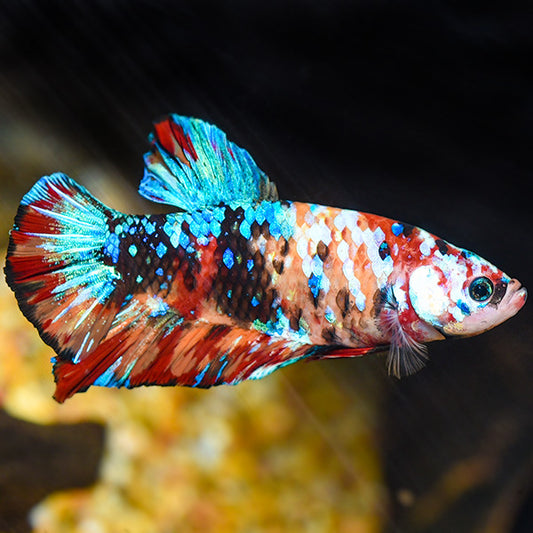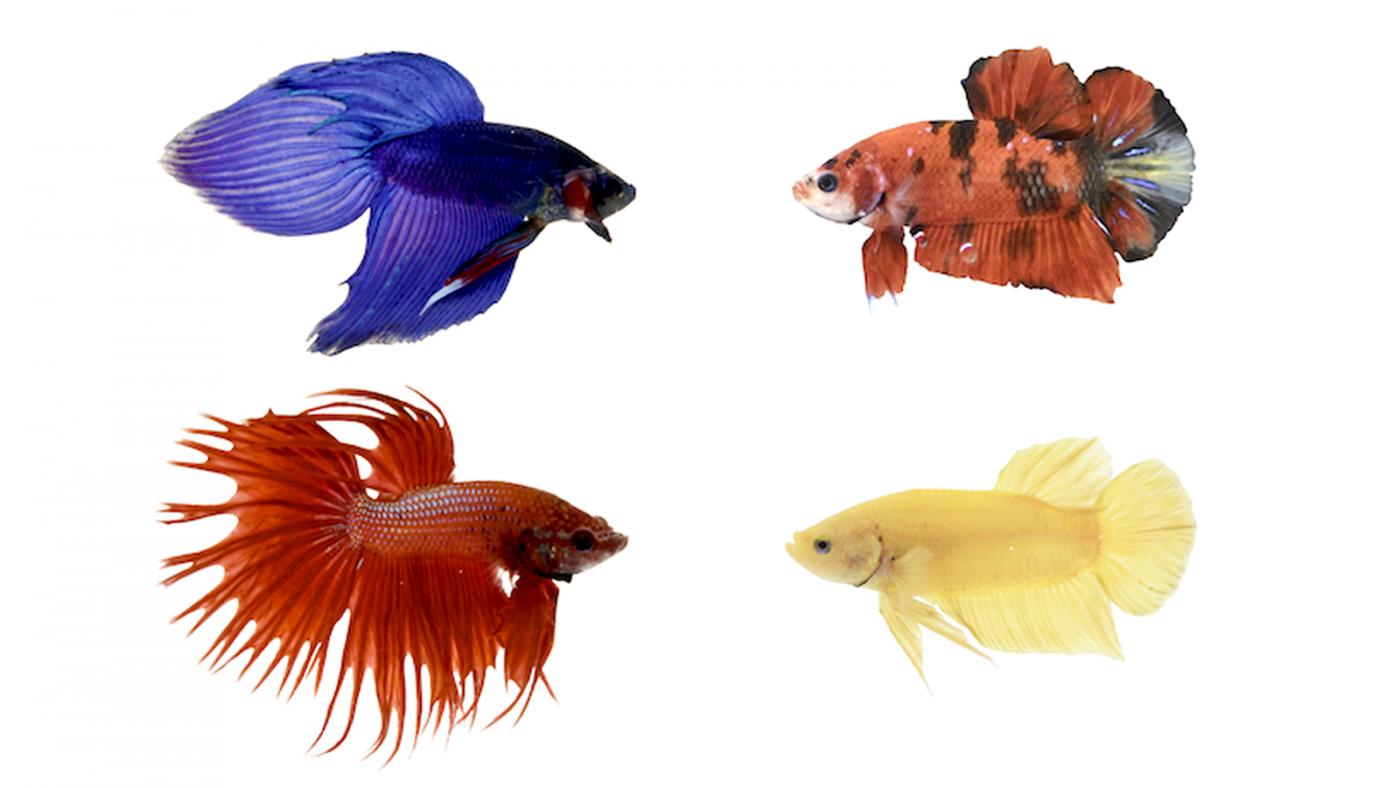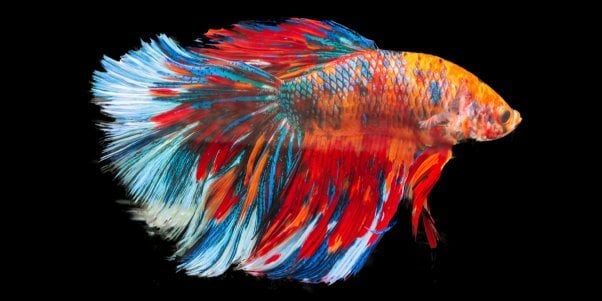Betta Fish Care: Vital Tips for a Healthy and Pleased Pet
Betta Fish Care: Vital Tips for a Healthy and Pleased Pet
Blog Article
Reproducing Betta Fish: a Comprehensive Step-By-Step Overview to Successfully Raising Baby Bettas From Eggs to Adulthood
Reproducing Betta fish is a careful undertaking that calls for cautious planning and implementation to make certain the successful growth of fry from eggs to develop fish. As the male Betta carefully constructs a bubble nest and guards the priceless eggs, the succeeding stages of care and transition need interest to detail and expertise of ideal techniques.

Choosing Breeding Pairs
When starting the journey of reproducing Betta fish, picking the ideal breeding pairs is essential to attaining desirable qualities and a healthy and balanced family tree - betta fish. The initial step in this procedure is to determine the details attributes you desire to improve or protect, such as color, fin type, and physique. It is necessary to choose genetically varied sets to stay clear of inbreeding, which can result in health issues and undesirable characteristics
Evaluate prospective breeding candidates thoroughly. A healthy male Betta needs to display vibrant colors, an energetic behavior, and well-formed fins, while the female should likewise display vibrant pigmentation and a rounded stubborn belly, suggesting readiness for spawning. Observing the character of both fish is important, as aggressive or extremely timid people may not reproduce efficiently.
Paperwork of lineage is equally important. Keeping documents of the moms and dad fish's ancestry can help you track genetic qualities and prospective issues. In addition, consult trusted dog breeders or on the internet sources for guidance on choosing compatible sets. Eventually, spending time in the selection procedure will considerably boost the likelihood of producing solid, dynamic spawn that satisfy your breeding goals (betta fish).

Preparing the Reproduction Storage Tank
Producing an optimal breeding setting is a vital step after selecting suitable sets for Betta fish. The reproduction storage tank need to be especially designed to provide comfort and boost the all-natural breeding behaviors of the fish. Begin with a container size of at least 10 gallons to make sure adequate space for both the man and women Bettas.
Preserve a gentle filtration system to keep the water clean while staying clear of strong currents that can stress the fish. Additionally, an air rock can be included in supply oxygenation without disrupting the water surface excessive.
Temperature policy is critical; go for a stable variety of 78-82 ° F(25-28 ° C) making use of a reputable heating unit. The pH level must be kept in between 6.5 and 7.5, and routine water modifications are needed to guarantee high water top quality.
Integrate drifting plants or generating sponges to create concealing spots for the lady, while additionally urging bubble nest structure by the male - betta fish. Ensure the storage tank is totally free from sharp designs and any type of potential hazards, as the welfare of the fish need to always be focused on during this essential phase of reproduction.
The Reproduction Process
Commonly, the reproducing process for Betta fish entails a series of distinctive and observable habits that suggest readiness for reproduction. The male Betta starts by developing a bubble nest at the water's surface area, which offers as a you can try here site for the fertilized eggs. This nest is important, as it offers a secure environment for the eggs up until they hatch.
As soon as the nest is developed, the man will show courtship actions, such as flaring his fins and exhibiting vivid colors to bring in the lady. The woman, upon sensing the man's preparedness, will respond by showing upright stripes along her body, indicating her receptiveness.
When the women methods, the male involves in a mating dancing, typically causing a welcome called the "spawning." Throughout this embrace, the woman launches her eggs, which the male feeds promptly. The fed eggs after that fall to the bubble nest, where the male meticulously collects and returns them to the nest. Following this, the male presumes duty for safeguarding the nest and ensuring the safety and security of the eggs up until they hatch out, generally within 24-36 hours. This stage is critical in the reproducing process, laying the foundation for successful fry development.
Taking Care Of Betta Fry
Taking care of Betta fry needs careful attention to their environment and read what he said nourishment to ensure healthy growth and development. After hatching out, Betta fry are exceptionally little and at risk, necessitating a secure and clean habitat. Maintaining a water temperature level in between 78 ° F and 80 ° F is essential, as Betta fry thrive in cozy problems. In addition, make sure that the water is devoid of damaging toxins; regular water adjustments of 10-20% are recommended to preserve optimal water top quality.
Feeding Betta fry is just as important. They must be offered infusoria or carefully smashed top notch fry food, as their mouths are also tiny to deal with bigger particles. As they expand, you can progressively introduce bigger foods, such as infant salt water shrimp or powdered flakes, to guarantee they receive ample nutrition. Feed them tiny quantities a number of times a day, taking care not to overfeed, which can lead to water quality problems.
Transitioning to Adult Bettas
As Betta fry mature, transitioning them to grown-up Bettas is an essential stage that needs mindful monitoring of their setting and social communications. This procedure commonly begins when the fry get have a peek here to around six weeks old, whereupon they can be slowly introduced to an extra organized living setting.
To facilitate this change, it is necessary to make certain that the water parameters-- such as temperature, pH, and ammonia levels-- are optimal and steady. Grown-up Betta fish prosper in warm water (around 78-80 ° F) with a pH of 6.5 to 7.5. Progressively adjust the fry to these conditions to lessen stress and anxiety.
Social communications are one more essential variable; male Bettas are notoriously territorial and hostile. It is suggested to different men right into specific tanks as they develop. Women Bettas can be housed with each other, however care should be taken to keep an eye on for indicators of hostility.
In addition, dietary adjustments must be made as the fry grow. Integrate high-grade pellets and live foods to support their growth and health and wellness. By managing these elements efficiently, you can promote an effective transition to their adult years for your Betta fish.

Conclusion
Successful breeding of Betta fish calls for mindful attention to information throughout the whole procedure, from selecting genetically diverse sets to giving optimal treatment for fry. In addition, a well balanced diet and steady adjustment to adult atmospheres are important for the growth and growth of Betta fish.
Report this page